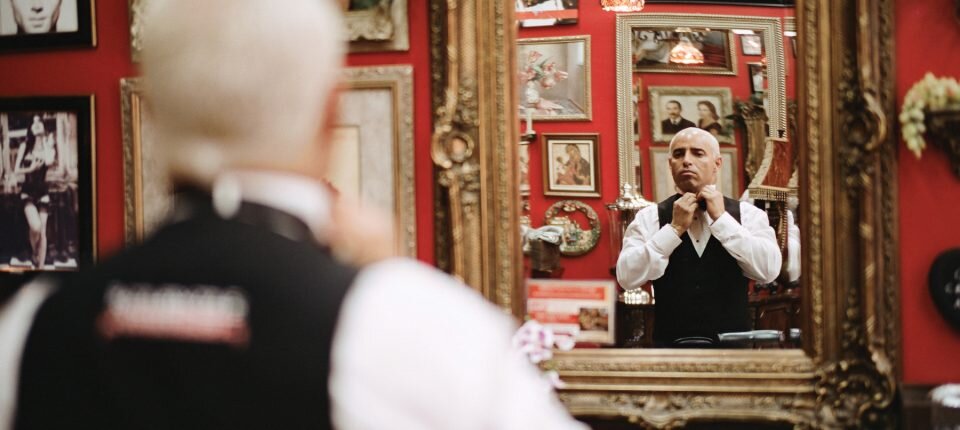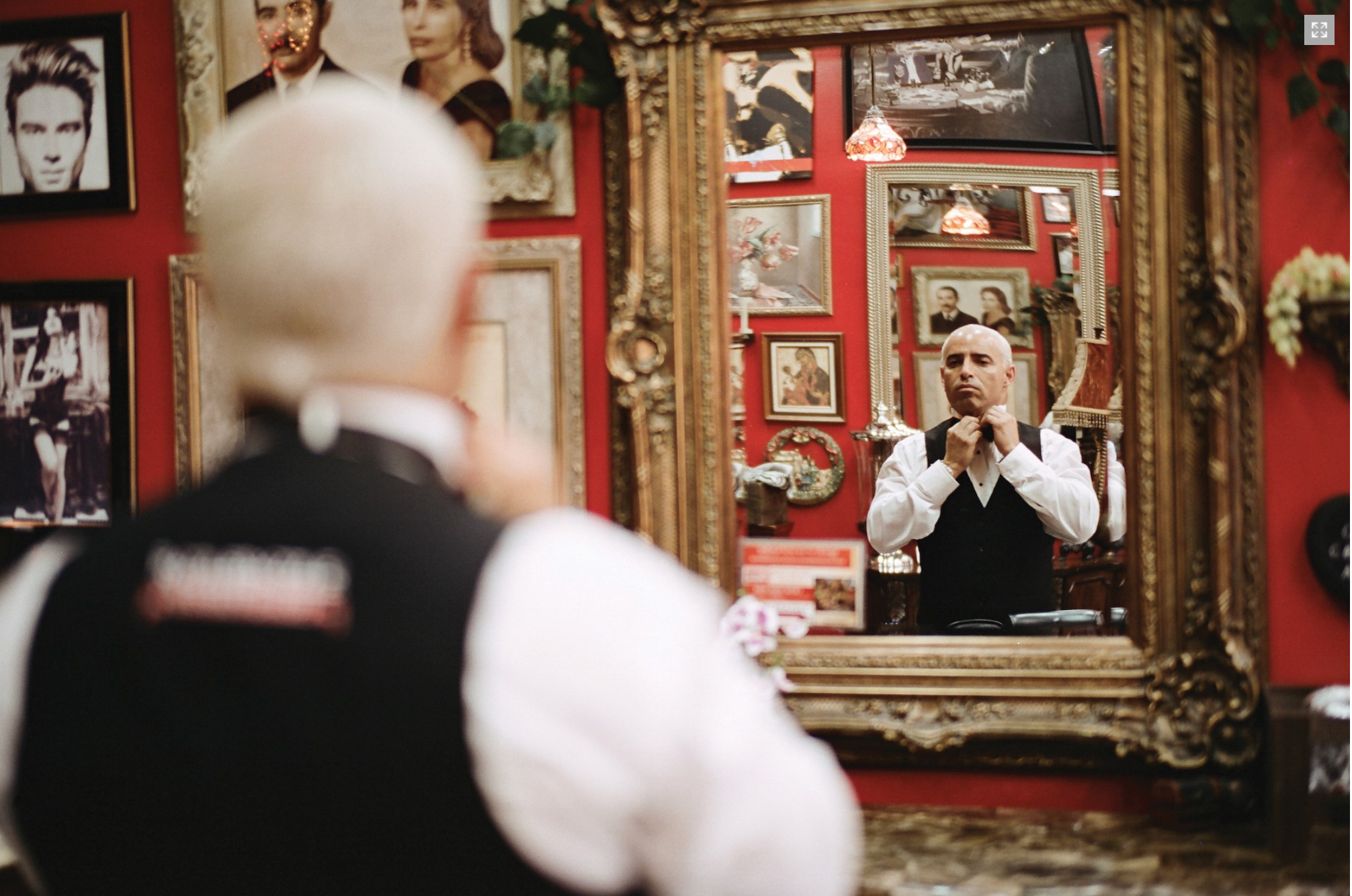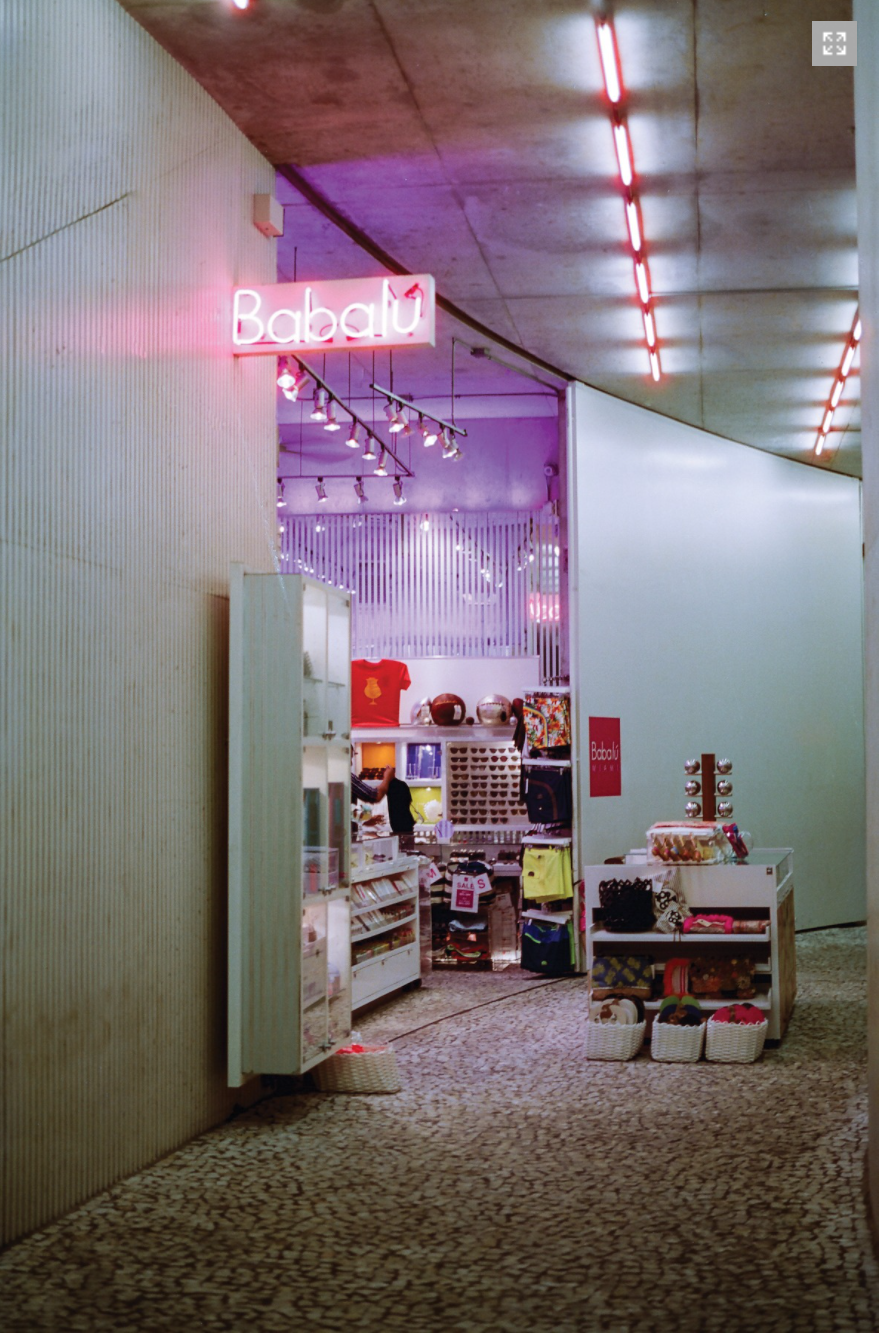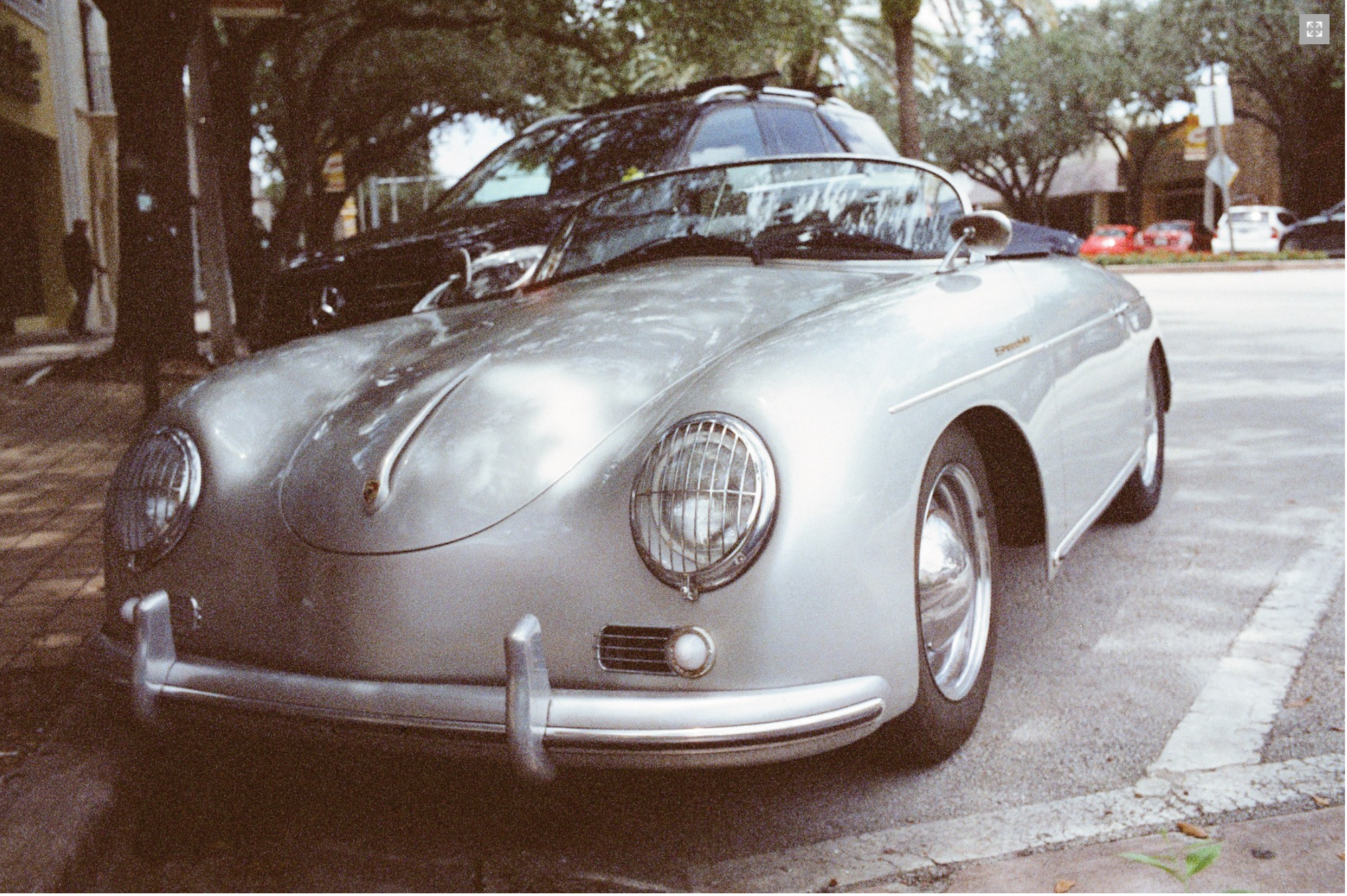Cinestill Films and the Resurgence of Analog Photography
Film is making a resurgence. Whether this is the final gasp of air or a new breath of life has yet to be determined.
While big names like Kodak and Fuji are cutting production of once iconic photographic mediums, and labs across the country are closing their doors or eliminating film processing altogether (have you been to a drug store lately?), an indie movement of mini-labs and film companies is sprouting out of the ashes. One such company is CineStill.
Cinema film stock has been used in 35mm cameras since the birth of the portable 35mm camera. Around the turn of the century, Oskar Barnack, head of R&D at Leitz, wanted to make a portable camera that used 35mm cinema film and that was capable of producing high quality negatives for enlargement. And so in 1913 the Leica (Leitz Camera) was born.100 years later, with that same spirit, The Brothers Wright, Founders of Cinestill Inc. decided to bring color cinema stock into the household. “Original beta testing for this newly available film began in late 2012, but the concept and original development tests began years before, when we first started shooting the amazing Kodak Vision 3 500T 5219 for our own photography… Compelled by our love for analog photography, and never one to back down from a challenge, we came to the conclusion that we had to find a way to make it usable in standard 135 canisters with standard developing.”
Since then, CineStill has built up its repertoire with a daylight balanced ISO 50 film, a tungsten balanced ISO 800, and the seemingly never-in-stock ISO 200 black & white film.
CineStill 50D produces some of the warmest colors I’ve ever seen on film. The skin tones are creamy. The balance and exposure latitude are really impressive. While I waited for my rolls to arrive I endlessly looked at images online to mentally prepare myself. I loaded a roll into my Leica M6, and with light meter in tow, I set out to see what I could capture.
There’s only one word I could use to describe CineStill 50D… Wow. This film outperformed itself in any kind of lighting I threw at it. Shadows, tungsten, fluorescent, direct sunlight, golden hour. It captured every lighting situation beautifully! And while I am a grain enthusiast, the lack of visible grain from the CineStill 50D is stunning.
In order to correctly process the cinema stock in C-41 chemistry, CineStill removes the hardening rem-jet layer from the film through a chemical process before loading it into its packaged rolls of 36. This leaves it very vulnerable to some halation, which manifests as a pinkish or orange shift in color around bright lights. The effect isn’t necessarily unpleasant, for me anyways.
After seeing the results from the CineStill 50D I was more than excited to load up the 800T. I wanted to shoot it in its element, where it would thrive. Right as the last bit of daylight was fading away, I went to Lincoln Road (an outdoor shopping area in Miami Beach) and started walking. I shot in every type of artificial light I could find, saving a couple of frames to see how daylight would affect it.
I gotta warn you guys, I’m usually not a fan of 800 speed film, but CineStill once again made me a believer. Just like it’s daylight balanced counterpart, it performed spectacularly in all lighting situations. The grain structure is definitely more pronounced than that of the 50D and the colors are very much on the cooler side.
The one thing that blew me away about the 800T was the sense that each frame looked like a still out of a 1980’s movie, more so than with the 50D in my personal opinion.
Overall, I was sincerely impressed and beyond happy with CineStill. The films have been a hit and I now know why. CineStill has found a formula that works and I’m stoked to see what the future has in store. Both of these film stocks are definitely a great addition to any analog photographer’s arsenal.
The 50D and 800T both offer a unique signature image that are unparalleled especially when paired with Leica’s legendary optics. The future is looking bright for analog photography and companies like CineStill are leading the way.









